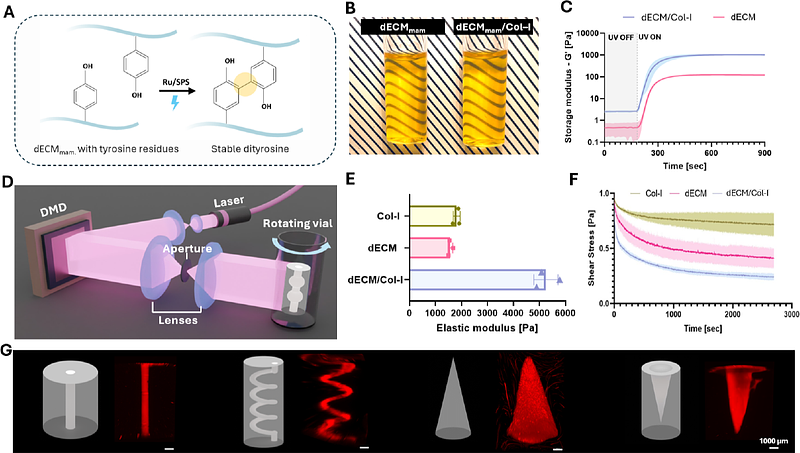Volumetric printed biomimetic scaffolds support in vitro lactation of human milk-derived mammary epithelial cells

Volumetric printed biomimetic scaffolds support in vitro lactation of human milk-derived mammary epithelial cells
Hasenauer, A.; Bevc, K.; McCabe, M. C.; Chansoria, P.; Saviola, A. J.; Hansen, K. C.; Christman, K. L.; Zenobi-Wong, M.
AbstractThe human breast is remarkably plastic and remodels with each birth to produce milk optimally suited for the changing demands of the newborn. This dynamic nature of lactation makes it challenging to study under controlled conditions. Given the health benefits of human milk, models of secretory mammary tissue would offer new opportunities to study factors that influence this important food source. First, 3D models of the mammary duct/alveoli (D/A) were designed based on shapes found in vivo. Photoresins based on mammary decellularized extracellular matrix (dECM) were optimized to match the mechanical properties of native breast tissue. Next, these dECM-based D/A models were printed with a volumetric printer and seeded with human milk-derived mammary epithelial cells (MECs). MECs formed stable epithelial layers on the printed surfaces and secreted the beta-casein and milk-fat-globules. This model offers exciting avenues to explore hormonal, nutritional, and mechanobiological factors involved in lactation, thereby improving understanding of lactation for the benefit of infant and their mothers.